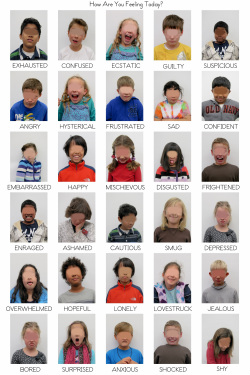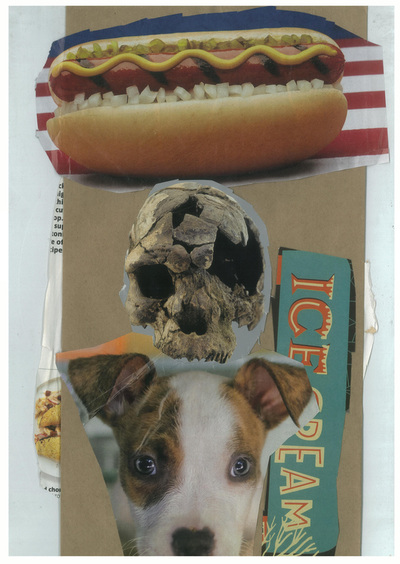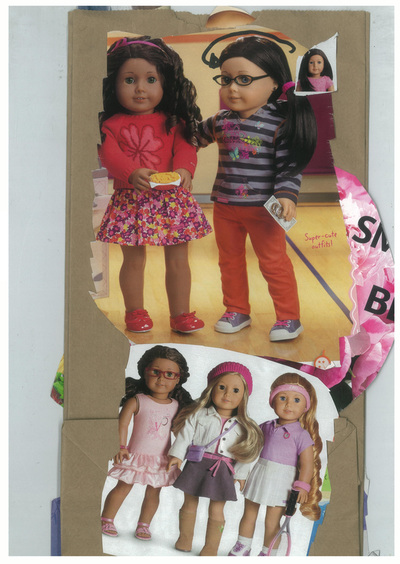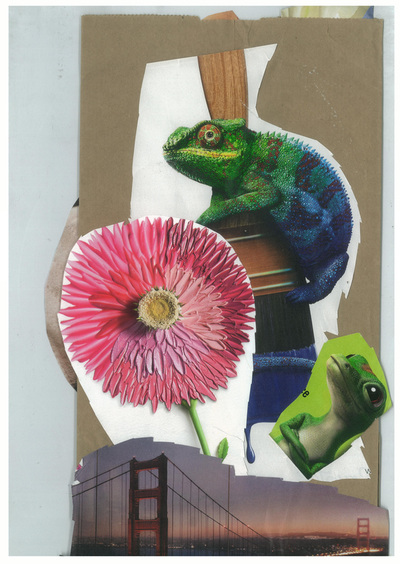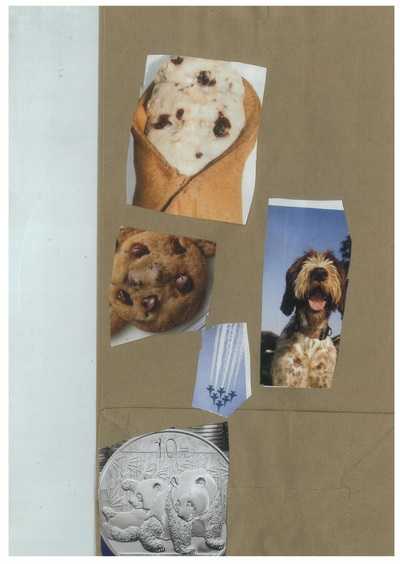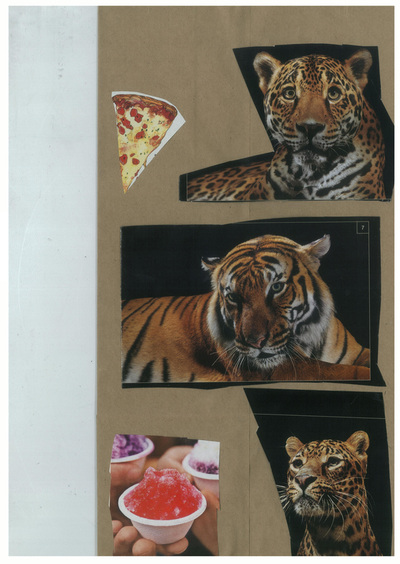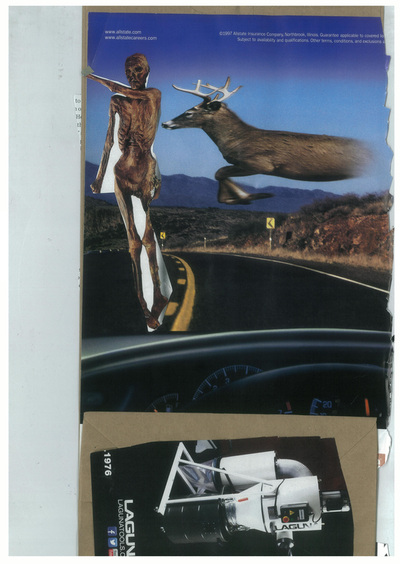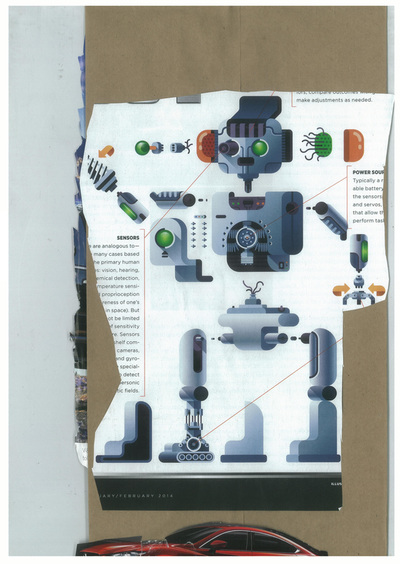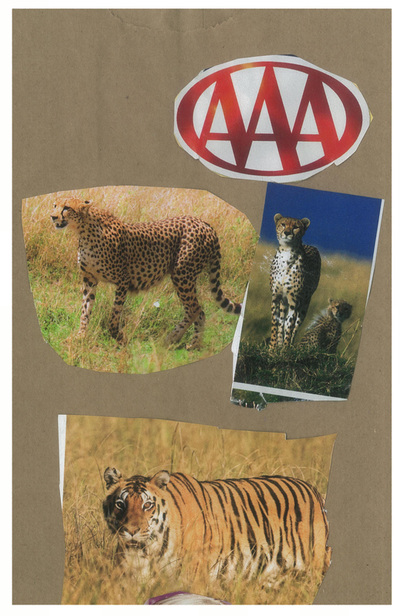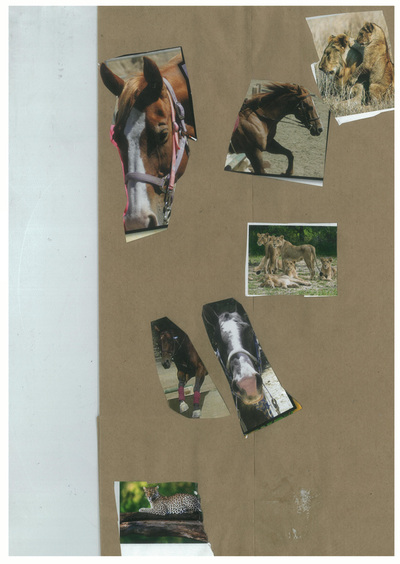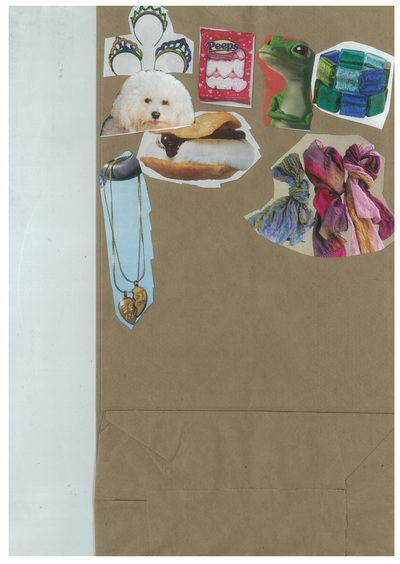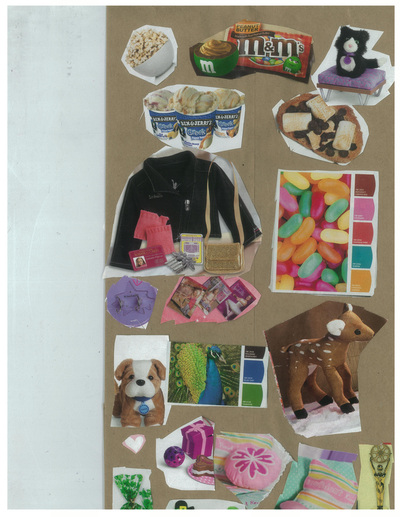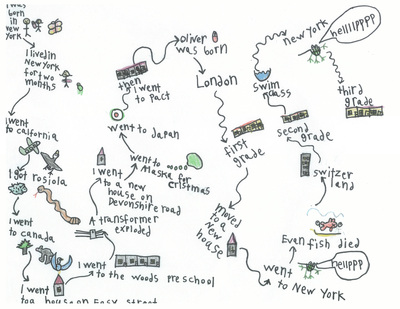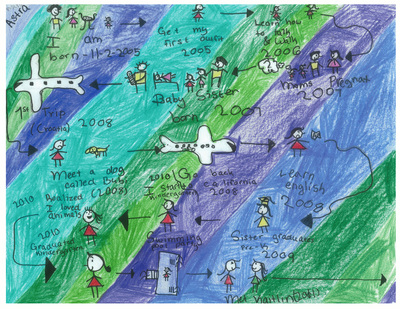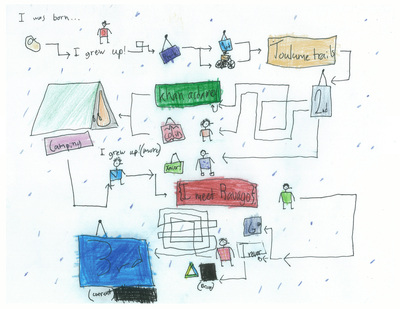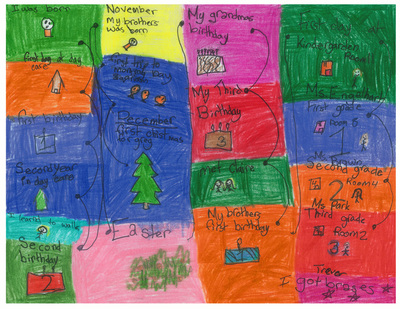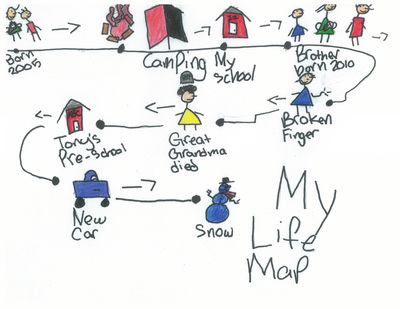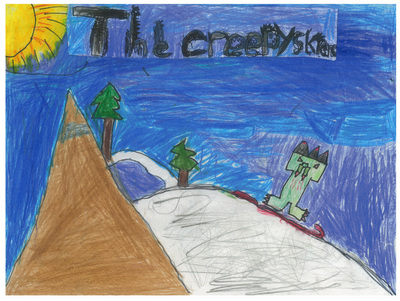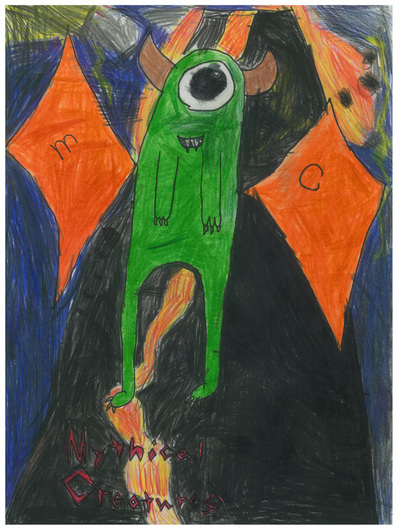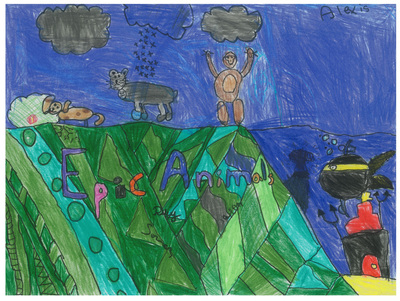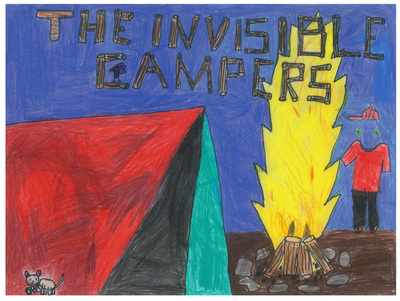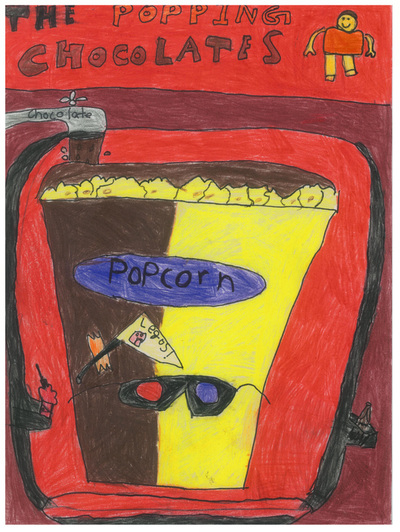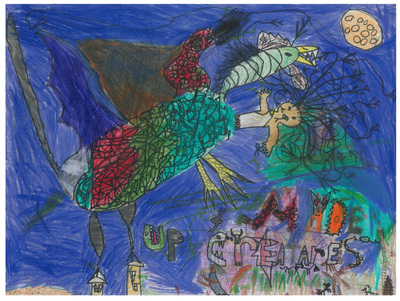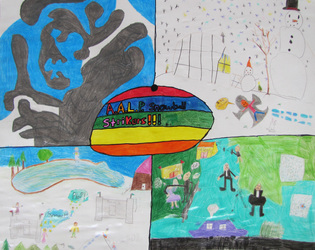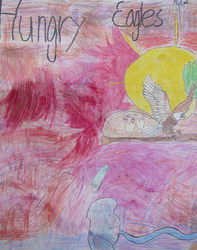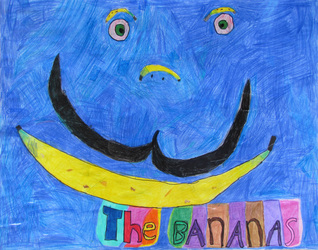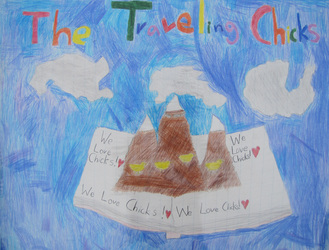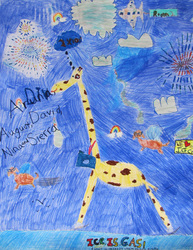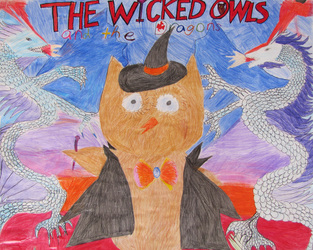Overview
Prior to working for High Tech High, I taught at Stevenson PACT Elementary School, where my teaching partner and I primarily used the Tribes Learning Community curriculum to teach social-emotional learning. In my current position, our grade-level team continues to use that resource to inform our work. With students, I have developed success criteria for all classroom practices, including class meetings, and it is available here.
During the first week of school, I introduce students to each of the community agreements, which are designed to foster inclusion, influence, and community, and post them on the wall. In order to scaffold them during this process, I provide them with actions and sentence frames for each agreement, which I post alongside it.
Attentive Listening
Appreciations/No Put Downs
Right to Pass or Participate
Mutual Respect
At the same time, I introduce them to the following conflict resolution protocol, which is designed to incorporate challenging put downs and reflecting feelings, while avoiding the blame game, and I post it on the wall.
I help facilitate this back-and-forth by using a series of questions adapted by the San Diego County Office of Education from the International Institute for Restorative Practices.
Questions to Respond to Challenging Behavior
Questions to Help Those Harmed by Other's Behavior
During the first week of school, I introduce students to each of the community agreements, which are designed to foster inclusion, influence, and community, and post them on the wall. In order to scaffold them during this process, I provide them with actions and sentence frames for each agreement, which I post alongside it.
Attentive Listening
- Stop talking when someone else is talking
- Do not interrupt when someone else is talking, even to offer corrections
- Put your hand down when someone else is talking
- Turn your body toward the speaker
- Make eye contact with the speaker
- Give non-verbal encouragement to the speaker Uh huh.
- Paraphrase the speaker What I heard you say was __________.
- Reflect the speaker's feelings You sound __________.
Appreciations/No Put Downs
- Give appreciations I liked when __________.
- Challenge put downs I feel __________ when people __________.
Right to Pass or Participate
- Choose the amount you participate in group activities Would you like to pass for right now? Would you mind sharing your thoughts?
Mutual Respect
- Assure all that their values, beliefs, and needs will be considered and honored Everyone is included here.
At the same time, I introduce them to the following conflict resolution protocol, which is designed to incorporate challenging put downs and reflecting feelings, while avoiding the blame game, and I post it on the wall.
- Student A: I feel _________ when people __________.
- Student B: What I heard you say was __________. Did I get that right? If not, Student B tries again.
- Student B: I feel _________ when people ___________.
- Student A: What I heard you say was __________. Did I get that right? If not, Student A tries again.
- Student B: Something I can try to do in the future is __________.
- Student A: Something I can try to do in the future is __________.
- If both students are ready to move on, they may shake hands to show that the conflict has been resolved.
I help facilitate this back-and-forth by using a series of questions adapted by the San Diego County Office of Education from the International Institute for Restorative Practices.
Questions to Respond to Challenging Behavior
- What happened?
- What were you thinking at that time?
- What have you thought about since that time?
- Who has been affected by what you have done? In what way?
- What do you think you need to do to make things right?
Questions to Help Those Harmed by Other's Behavior
- What happened?
- What did you think when you realized what had happened?
- What impact has this incident had on you and others?
- What has been the hardest thing for you?
- What do you think needs to happen to make things right?
In order to help them build vocabulary and avoid hurting others' feelings, I begin each morning by introducing a different emotion from Jim Borgman's "How Are You Feeling Today?" poster and asking, "What makes you feel __________?
Later during the year, in order to help them develop strategies that promote emotional well being, I reintroduce those emotions and instead ask, "Do you want to feel __________?" "What is one thing you can do to feel more/less _________?" and "What is one thing others can do to help you feel more/less __________?"
I also return to the concept of attentive listening, providing students with an additional action as well as a series of sentence frame they can use to maintain whole-class and small-group conversations without needing me to moderate them.
Respond to the speaker before introducing a new conversation topic
As students begin working in groups, I introduce students to the Tribes helpful and unhelpful roles that people play sometimes.
I also return to the concept of attentive listening, providing students with an additional action as well as a series of sentence frame they can use to maintain whole-class and small-group conversations without needing me to moderate them.
Respond to the speaker before introducing a new conversation topic
- I have a question for [NAME]. [NAME], [QUESTION]?
- I think I have an answer to [NAMES]’s question. [NAME], [ANSWER].
- I have a comment for [NAME]. [NAME], [COMMENT].
- I made a connection with what [NAME] said. [NAME], [CONNECTION].
- I want to add on to what [NAME] said. [NAME], [ADDITION].
- I would like to respond to what [NAME] said. [NAME], [RESPONSE].
- It would help me to reword what [NAME] said. [NAME], what I thought you said was [REWORDING]. Did I get that right?
- I would like to know what [NAME] thinks about this issue. [NAME], would you mind sharing your thoughts?
As students begin working in groups, I introduce students to the Tribes helpful and unhelpful roles that people play sometimes.
- Encourager
- Organizer
- Peace Keeper
- Idea Person
- Helper
- Joker
- Boss
- Sitter
- Put-Downer
- Talker
What's Your Bag? Exemplars
In order to build community among students, I ask them to create a collage using brown paper bags and magazine images. They place images representing their public selves on the outside of the bags, and they place images representing their private lives on the inside of the bags. They then share the outside of their bags and discuss them with the members of their Tribes.
2013-2014
2012-2013
Life Map Exemplars
In order to build community among students, I ask them to create a timeline about their lives. They include important events, like starting school, moving to a new state, and going their first baseball game. They then share their timelines and discuss them with the members of their Tribes.
